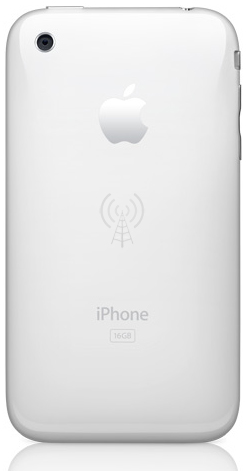Wi-Fi growing rapidly in U.S., U.K.; 42% of iPhone requests use Wi-Fi


Worldwide iPhone requests grew 52 percent month over month to 359 million in November, giving the iPhone 6.3 percent of total requests. In the U.S., the iPhone is now the No. 1 device with 9.9 percent of requests, according to the study.
Wi-Fi-only devices such as the iPod Touch and Sony PlayStation Portable also generated significant traffic.
More highlights from the report:
- In the U.S., 8 percent of total requests in November were on Wi-Fi networks, up from 3 percent in August.
- Forty-two percent of iPhone requests are made from Wi-Fi, notably higher than most other WiFi capable phones which average between 10-20 percent. iPhone Wi-Fi usage is generally higher on iPhone specific sites and applications than on normal mobile sites.
- In the U.K., 8 percent of requests in November were on WiFi networks, up from 4 percent in August. After the iPhone and iPod Touch, the Nokia N95 and other N series phones are the leading WiFi devices.
- Worldwide requests were flat in November at 5.8 billion. Requests from North America, Western Europe, Latin America, and Eastern Europe each increased more than 10 percent month over month. These increases were offset by a decline in Indonesian inventory.
- The T-Mobile (HTC) G1 generated 15 million requests in November and already represents 7 percent of all T-Mobile traffic. Android had a 2 percent share of smartphone operating system traffic in the US.
You can find the complete study here (.pdf).
ReadWriteWeb's Frederic Lardinois claims that the data shows that the iPhone is, in effect, "Apple's Netbook," though I wouldn't be so quick to jump to that assumption. Here at ZDNet, we've noted the poor battery life of the iPhone and similar 3G-enabled smartphones, and it seems likely that such users -- often located in major metropolitan areas -- would prefer to use Wi-Fi rather than 3G whenever possible to save battery life, as is clear in Apple's official iPhone specs.
Also interesting are the global figures, showing how much of the market each manufacturer has staked out. Notice Apple, global share would be unthinkable just a few years ago:
AdMob says it stores and analyzes handset and operator data from every ad request in its network to optimize ad serving. Each month, the Mobile Metrics Report aggregates this data to provide insights into major trends in the mobile ecosystem.